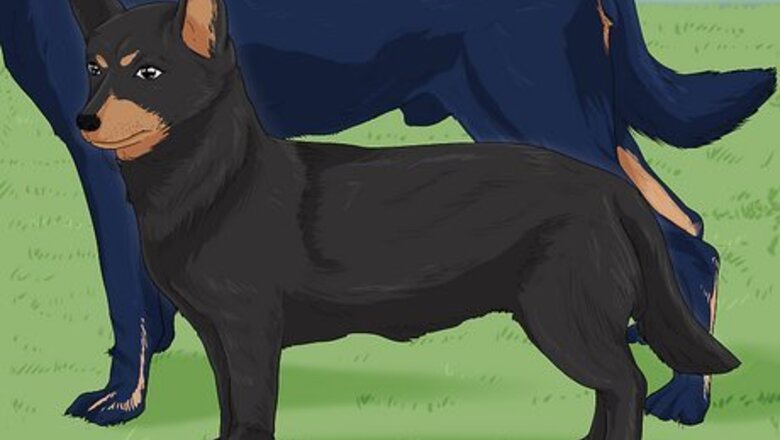
views
Signs of Dwarfism in Dogs
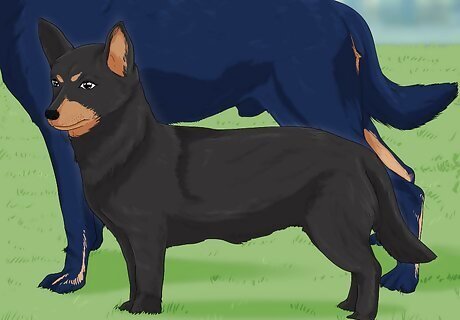
Delayed growth Dogs with dwarfism tend to grow at a normal rate for 1 to 2 months, but will slow down substantially after that. When your puppy is 2 to 5 months old, you’ll notice that they’re growing slower than their litter mates (or they’ve stopped growing all together). Watch your puppy and see if it looks smaller or less developed than its litter mates—that’s a key sign that it may have dwarfism. Many dogs with dwarfism are described as “forever puppies,” because they tend to stay puppy-sized their entire lives.
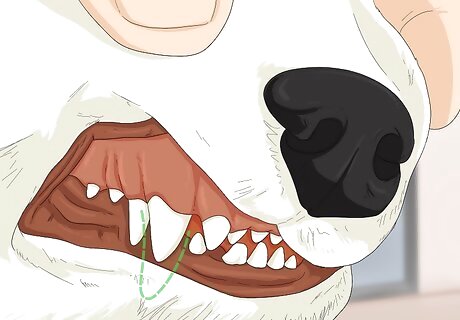
Delayed teeth Your dog with dwarfism may develop teeth later than its litter mates. Dogs without dwarfism will usually develop all their puppy teeth by about 6 weeks. If your puppy starts developing teeth later than that, it’s a sign they may have dwarfism. When your puppy does develop teeth, it will probably not lose them as fast as its litter mates, either. Dogs with dwarfism may also have shorter jaws and crowded teeth.
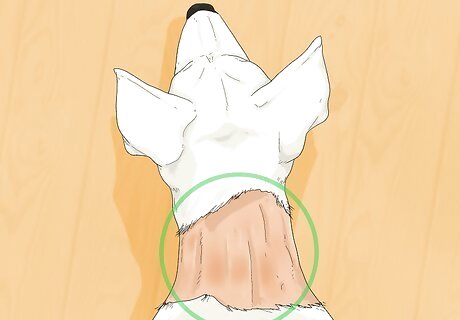
Abnormal coat Dogs with dwarfism tend to keep their “puppy coat,” or the rough, coarse coat, longer than other dogs. They may also develop alopecia, or hair loss, especially in areas like the neck and the back.
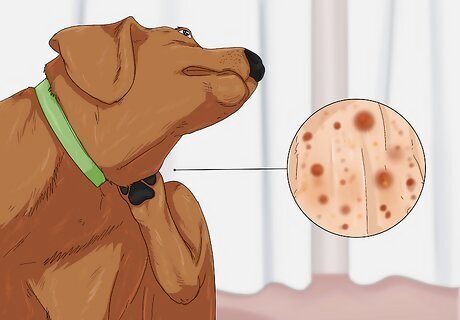
Skin irritation Many puppies with dwarfism get itchy, scaly, or irritated skin. This is especially common if your dog is losing its hair due to alopecia. If your dog is having any skin issues, take them to the vet to see what might be causing them.
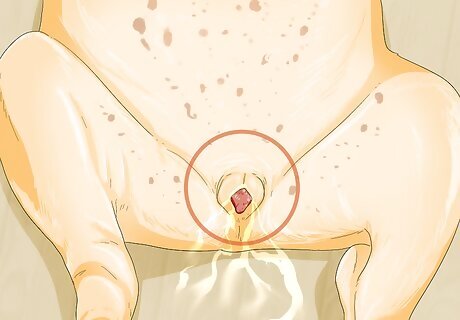
Abnormal genitals In male puppies, watch for any abnormalities as their testicles descend into the scrotum (in dogs with dwarfism, 1 or both testicles may not descend). In female puppies, look for a swollen vulva or bloody vaginal discharge.
Diagnosing Dwarfism in Dogs
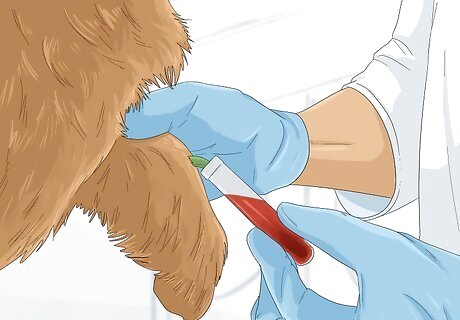
Go to your vet to get a genetic test. To confirm that your dog has dwarfism, make an appointment with your vet and talk to them about your concerns. They will examine your dog and run tests to identify if your dog has dwarfism, and if so, which type. Types of canine dwarfism include: Pituitary dwarfism, which typically affects breeds like German Shepherds, Karelian Bear Dogs, Saarloos Wolfhounds, Czechoslovakian Wolfdogs, Miniature pinschers, American Eskimo Dogs, and Weimaraners. Disproportionate dwarfism, which usually affects breeds like Labrador Retrievers and The Norwegian Elkhound.
Causes of Dwarfism in Dogs
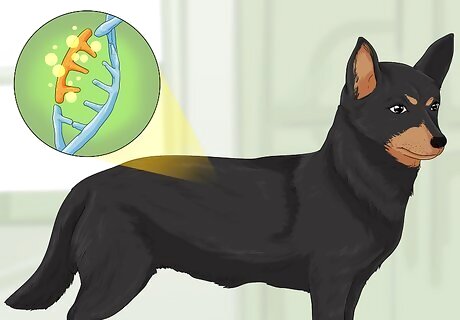
Dwarfism in dogs is usually caused by a genetic mutation. Similar to dwarfism in humans, canine dwarfism is a hereditary condition that’s passed down from a parent. This gene mutation affects how your dog grows and develops, leading to a shorter stature and shorter legs. Some forms of pituitary dwarfism can also be caused by tumors or infections of the pituitary gland.
Treating Dwarfism in Dogs
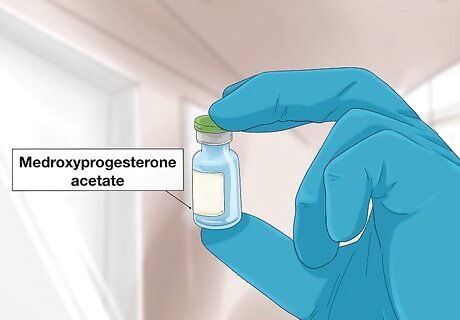
Talk to your vet about a growth hormone. While there is no “cure” for dwarfism in dogs, treating your dog with a growth hormone can help stimulate their organ growth, which can lead to fewer health problems down the line. Your vet may also recommend treating your dog with medroxyprogesterone acetate or proligestone, which are used to induce a growth hormone within your dog’s body. Every treatment option comes with its own risks and side effects, and they can be expensive. Talk to your vet about the option that’s right for you, and weigh the pros and cons carefully. Without treatment, dogs with dwarfism typically only live to be 4 or 5 years old. A treatment plan can extend their lifespan and increase their quality of life.
Caring for a Dog with Dwarfism
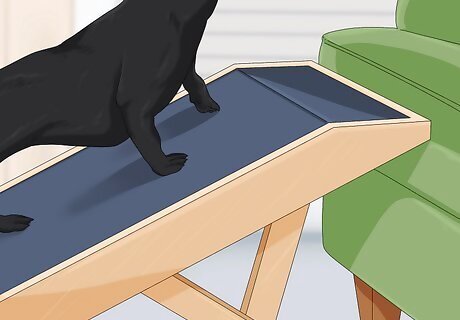
Use ramps and stairs to help your dog avoid large jumps. Dogs with dwarfism tend to have problems with their backs and their legs. To help keep your dog safe, prevent them from jumping too far by using stairs for the bed or the couch, and use ramps for any outdoor steps.
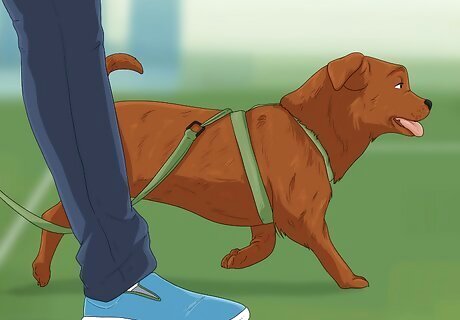
Keep your dog at a healthy weight. Dogs with dwarfism have a tendency to develop obesity as they age. Avoid this unhealthy pattern by keeping your dog on high-quality dog food and ensuring that they get plenty of exercise on a day-to-day basis. Talk to your vet to find out ways that you can help your dog maintain a healthy weight for its age and breed. If running is painful for your dog, take it on a slow 20-minute walk once a day. Not sure if your food is high-quality? Check in with your vet. They’ll be able to tell you which brands to look for and which ones to avoid.
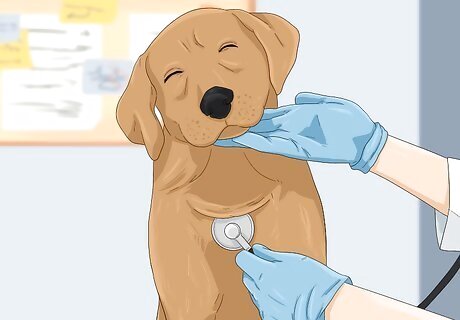
Visit your vet often. Dogs with dwarfism tend to have more health problems than other dogs do. Be sure to take your dog in for checkups regularly, and follow any treatment plans that your vet has discussed with you. Health problems associated with dwarfism include: Arthritis Disc disease Dental problems Cataracts














Comments
0 comment